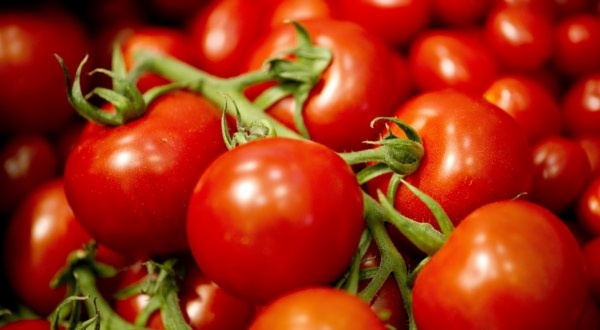 If you’ve ever experienced a cupcake coma (you know, the period of extreme lethargy that follows a sugar high brought on by consumption of one or more cupcakes), you might not be surprised by some recent findings on the effects of processed sweeteners. A team of UCLA researchers has observed that high-fructose corn syrup (HFCS) makes rats more forgetful, while omega-3 fatty acidschemical compounds that research has shown can protect the brain’s synapsesseem to have the opposite effect.
If you’ve ever experienced a cupcake coma (you know, the period of extreme lethargy that follows a sugar high brought on by consumption of one or more cupcakes), you might not be surprised by some recent findings on the effects of processed sweeteners. A team of UCLA researchers has observed that high-fructose corn syrup (HFCS) makes rats more forgetful, while omega-3 fatty acidschemical compounds that research has shown can protect the brain’s synapsesseem to have the opposite effect.
The researchers, whose paper will be published this week in the peer-reviewed Journal of Physiology, trained a group of rats to navigate a maze. Then, they randomly divided the rats into four groups, and for six weeks they fed each group a slightly different diet in addition to the usual rat chow: One group received HFCS in its water; another received omega-3 fatty acids. A third received both HFCS and omega-3s, and the fourth, a control group, received plain old rat chow. Continue reading



 Attention SCOTUS: Arguments against Obamacare start and end with the notion that if it becomes a permanent law, government will have license to meddle in American’s daily lives beyond anything previously imagined.
Attention SCOTUS: Arguments against Obamacare start and end with the notion that if it becomes a permanent law, government will have license to meddle in American’s daily lives beyond anything previously imagined.





 September 9, 2010 ~ For 30 years, aspartame (AminoSweet, Equal, NutraSweet, Spoonful, Canderel, E951, Benevia, etc.) has caused sickness and death in 100 countries.
September 9, 2010 ~ For 30 years, aspartame (AminoSweet, Equal, NutraSweet, Spoonful, Canderel, E951, Benevia, etc.) has caused sickness and death in 100 countries.